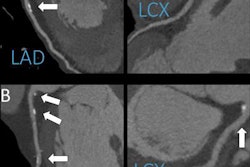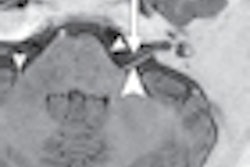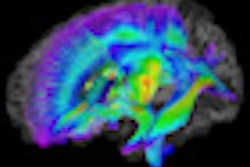Using MRI, researchers have found that early exposure to alcohol resulted in birth defects in mice, illustrating how fetal alcohol syndrome (FAS) can affect humans, according to a study published online August 2 in PLOS One.
The collaborative research done by scientists at the University of North Carolina (UNC), Duke University, and University College London sheds new light on alcohol-related birth defects.
In the study, researchers treated one group of mice with alcohol on their seventh day of pregnancy, which relates to three weeks of pregnancy in humans. A second group of mice was treated 36 hours later, approximating the fourth week of human pregnancy. The amount of alcohol administered to the mice was equivalent to what an alcoholic woman would drink or if she had a tolerance for alcohol (PLOS One, August 2, 2012).
Near the end of pregnancy, the fetuses were imaged at Duke University. The 3D MRI datasets showed individual brain regions, as well as detailed facial surfaces.
The earlier alcohol exposure produced classic FAS facial features, including characteristic abnormalities of the upper lip and eyes, according to the researchers. However, the fetuses exposed to alcohol 36 hours later exhibited unique and in some cases opposing facial patterns, such as a shortened upper lip and a wide, rather than narrow, front of the brain.
The findings could help doctors diagnose birth defects caused by alcohol exposure in the womb, said lead study author Kathleen Sulik, PhD, a professor in the department of cell and developmental biology at UNC. The results also illustrate how the precise timing of that exposure could determine specific kinds of defects.


.fFmgij6Hin.png?auto=compress%2Cformat&fit=crop&h=100&q=70&w=100)





.fFmgij6Hin.png?auto=compress%2Cformat&fit=crop&h=167&q=70&w=250)











